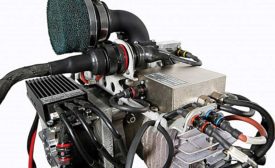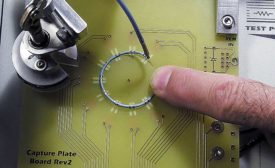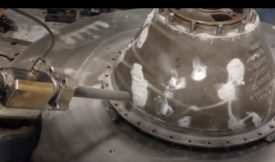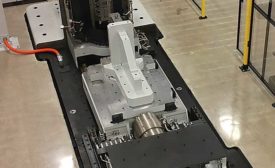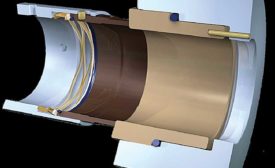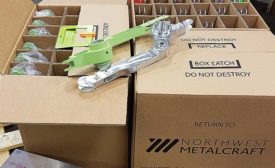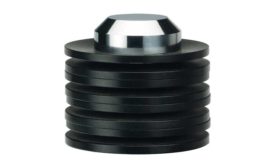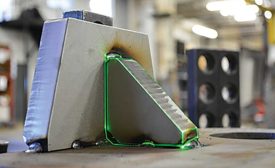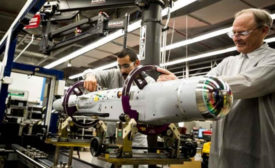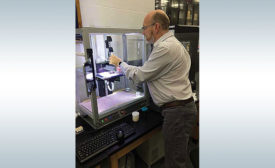Aerospace Assembly
Interesting and Unusual Applications of Cable Testing
From underwater vehicles to crash dummies, these case studies showcase the benefits of using a versatile and adaptable cable tester
October 9, 2019
Selecting Retaining Rings
Consider several technical factors to ensure that the right type of retaining ring is used in each fastening application
October 3, 2019
How to Calculate Fatigue Life of Disc Springs
For a given load, engineers can calculate the minimum fatigue life for disc springs
September 13, 2019
Virtual Templating with Laser Projection
Laser projection allows companies to speed up welding processes, minimize the use of templates and tools, eliminate errors, and improve quality
September 12, 2019
Never miss the latest news and trends driving the manufacturing industry
Stay in the know on the latest assembly trends.
JOIN TODAY!Copyright ©2024. All Rights Reserved BNP Media.
Design, CMS, Hosting & Web Development :: ePublishing
